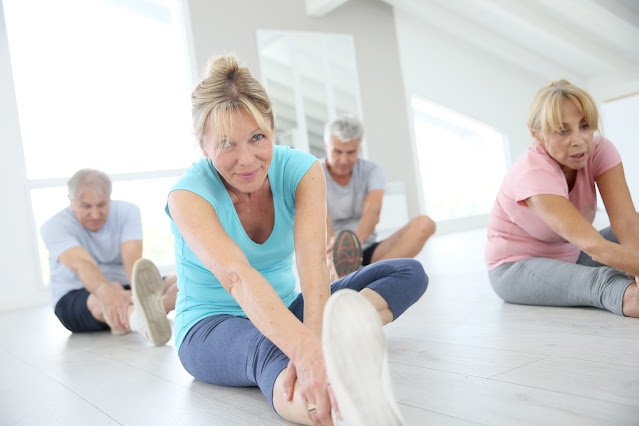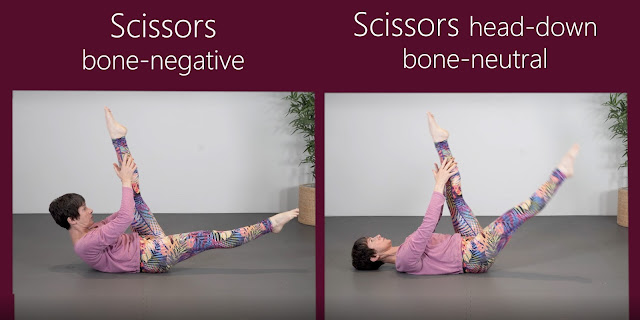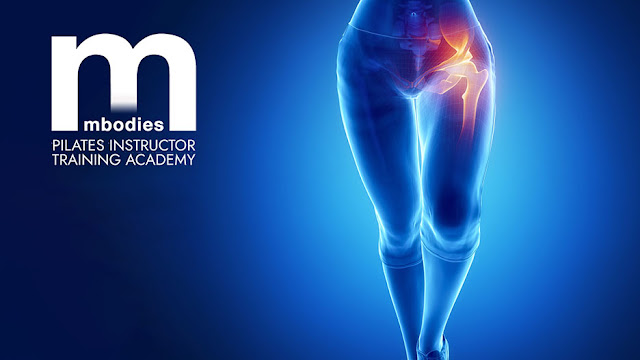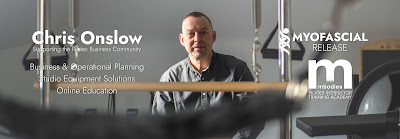The Crucial Role of Specialised Training in Pilates for Low Bone Density Management
For Pilates Instructors, Medical Movement Professionals and Advanced Fitness professionals the pursuit of Continuous Professional Development (CPD) in specialised populations is not just a testament to an instructor's commitment to their craft, but also a reflection of their dedication to the well-being and safety of their clients. At Mbodies Training Academy, we often receive inquiries from instructors eager to broaden their professional knowledge and expertise, particularly in the realm of special populations. A recurring question that arises is: "Which of your courses would you recommend I take first?"
This question, albeit simple, underscores a significant gap in the traditional Pilates training narrative. The majority of these instructors come with a solid foundation in Pilates Matwork qualifications but may not have taken Pilates apparatus training. Regardless of their background, our advice remains consistent, emphasising the importance of understanding how to safely and effectively work with clients who have specific medical conditions or comorbidities.
Among the many ‘Special Population’ courses offered by Mbodies Training Academy, there stands out one course that, in an ideal world, should not necessitate teaching – "Understanding Osteoporosis and Bone Safe Programming". It's a poignant reminder that foundational Pilates instructor entry qualifications should inherently include training on adapting exercises for the safe engagement of clients with varying bone densities, but in virtually all cases they do not.
The essence of Joseph Pilates' original matwork repertoire was not designed with the consideration of conditions like osteopenia, osteoporosis, or low bone density, which, unbeknownst to many, could exacerbate the risk of fractures and bone damage through unmodified exercises. This oversight is critical, especially considering that research indicates that most of the typical Pilates clientele, predominantly female and either perimenopausal or post-menopausal, are at risk of low bone density and over 40% actually have Osteopenia or Osteoporosis in one or more areas of their body without being aware of it.
At Mbodies Training Academy, we specialise in equipping instructors with the knowledge and tools necessary to navigate the complexities of teaching Pilates to clients with special conditions. Understanding the needs of clients, especially those with conditions like low bone density, is not just about adapting exercises; it's about fostering an environment of safety, trust, and health promotion.
Our mission is clear: to ensure that every Pilates
instructor under our guidance is not only trained in the traditional repertoire
but is also versed in the critical adaptations needed for a clientele that is
diverse in its health and fitness levels.
It’s about moving beyond the “we
were told” mindset and embracing a proactive approach to client safety and
well-being.
In conclusion, the “Understanding Osteoporosis and Bone Safe Programming” course is not merely a recommendation; it is a foundational necessity. It stands as a testament to our commitment to the health and safety of all Pilates practitioners, ensuring that instructors are not only aware of the potential risks but are fully equipped to mitigate them, safeguarding the well-being of their clients in every session.
Learn more or enrol on the “Understanding Osteoporosis and Bone Safe Programming” course
Author: Chris Onslow - Pilates Consultant
Chris Onslow, has run Pilates focussed businesses since 1998. He and his team specialise in supporting Pilates entrepreneurs and business owners. With a rich history of owning and running successful Pilates studios in the UK, and supporting others in Europe and the Middle East, Chris has broad expertise in maximising profitability and optimising operational efficiency. His agency provides top-tier advice on selecting new, pre-owned, and hireable Pilates equipment from renowned brands such as Align-Pilates, Balanced Body or Stott-Pilates/Merrithew. As the founder of Mbodies Training Academy, Chris continues to revolutionise Pilates education, offering premier online and hybrid CPD and qualification courses for Pilates apparatus instruction and special population CPD. Discover more about how Chris can support your Pilates Business or home exercise choices at www.pilates-consultant.co.uk







Comments
Post a Comment